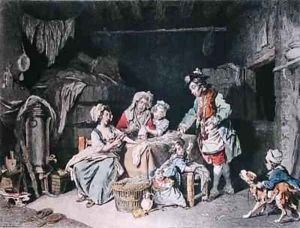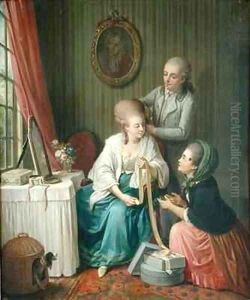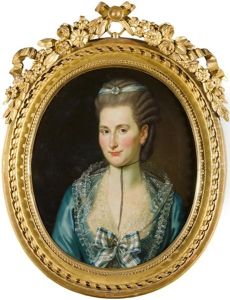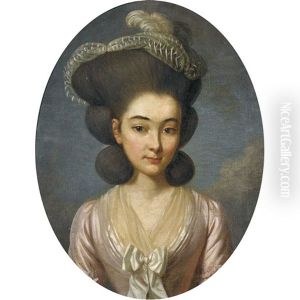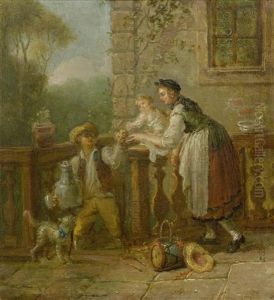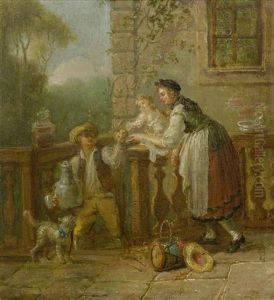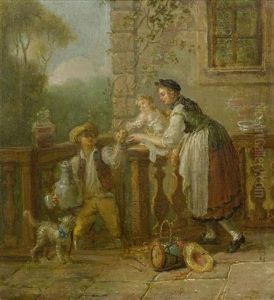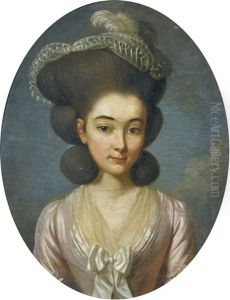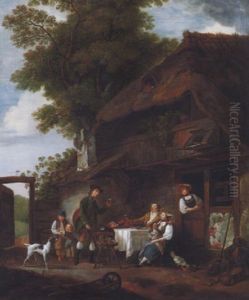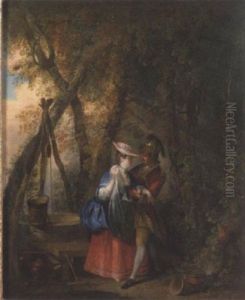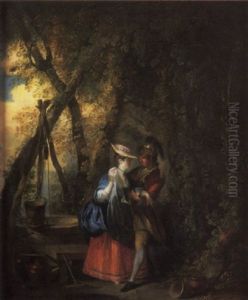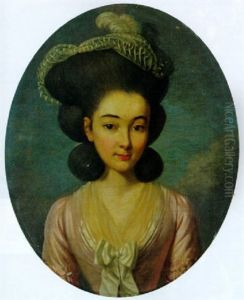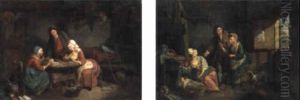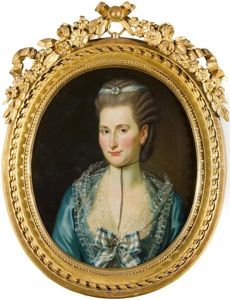Sigmund Freudenberger Paintings
Sigmund Freudenberger, born on November 6, 1745, in Bern, Switzerland, was an artist renowned for his detailed and delicate illustrations that offer a vivid glimpse into the 18th-century bourgeois lifestyle. Known also by the French version of his name, Sigismond Freudenberger, he became a prominent figure in the Swiss and European art scenes of his time. His work is characterized by its fine detail, sensitivity to social nuances, and a touch of humor, making him a significant contributor to the genre of genre painting and illustration.
Freudenberger's journey into art began with his studies under Johann Ludwig Aberli and later in Paris, where he was influenced by the French Rococo movement. His time in Paris was pivotal; there, he honed his skills and immersed himself in the artistic trends of the era, which greatly influenced his style and subject matter. Despite his Swiss origins, much of his work carries the sophisticated, light-hearted, and often moralizing qualities characteristic of French Rococo art.
Throughout his career, Freudenberger produced a plethora of drawings, etchings, and paintings that captured the everyday life of his contemporaries, focusing particularly on the middle class and their social rituals. His pieces are celebrated for their narrative quality and attention to detail, often depicting scenes of courtship, education, and domestic life with a keen eye for attire, interior design, and social interactions. Notable works include 'The Love Letter' and 'The Broken Mirror,' both of which exemplify his skill in blending humor with social commentary.
Despite his success, Freudenberger's work was, for a time, somewhat overshadowed by his contemporaries in the broader European context, due in part to the dominance of the Neoclassical movement which followed the Rococo period. However, his contributions have been reassessed and celebrated in more recent years for their historical value and artistic merit.
Sigmund Freudenberger passed away on November 15, 1801, in his hometown of Bern. Today, his works are held in high regard and can be found in museums and collections around the world, serving as a window into the life and times of 18th-century European society. His legacy endures as a testament to the richness of Swiss art and its contribution to the wider tapestry of European culture during the Rococo period.
